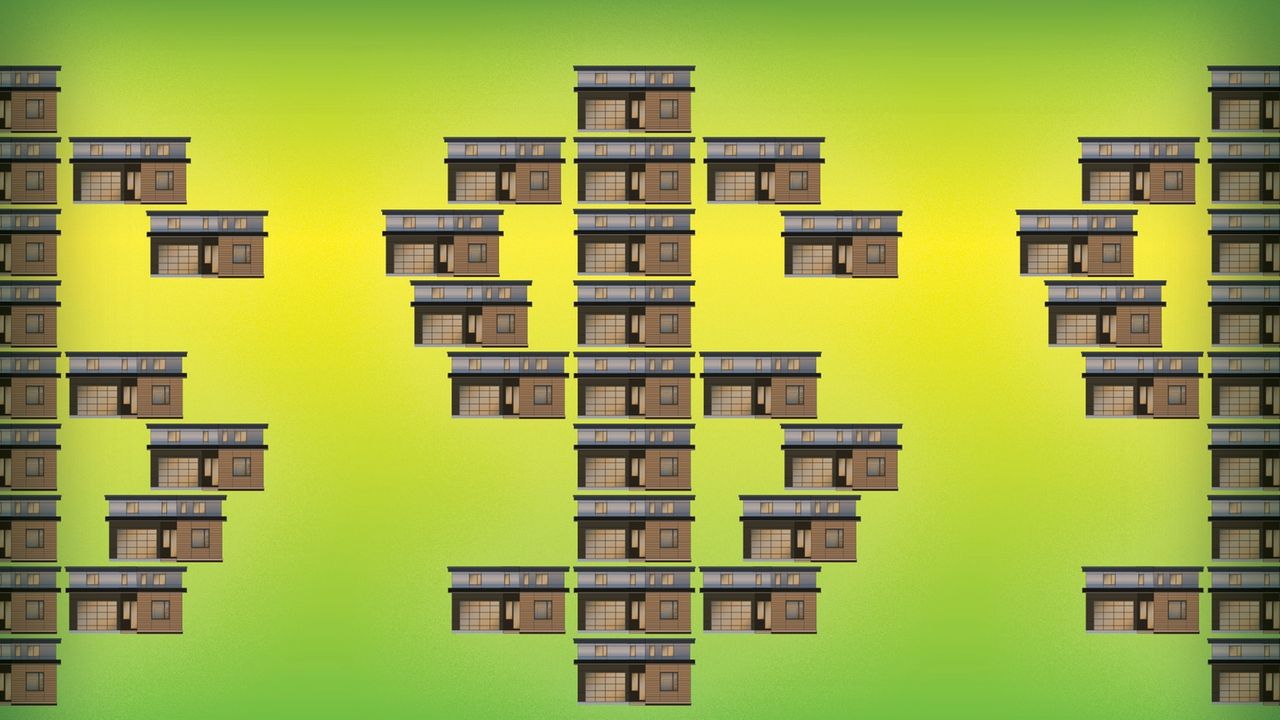LOS ANGELES — Most traditional homebuilders in America follow a construction process that’s hardly changed in decades, and which typically takes about four to six months, if not longer, to deliver a completed single-family home.
Modular homebuilders fabricate walls, roofing and other segments of a home in a factory and then deliver the finished sections to the homesite for assembly in a process that takes just a few weeks to complete.
Veev, a modular homebuilder based in Hayward, California, has built more than 170 townhomes, single-family houses, condos and other types of dwellings around the Bay Area and has set its sights on building 300 more single-family houses in Northern California by the end of 2025.
CEO Amit Haller, who co-founded Veev in 2008, recently spoke to The Associated Press about how more modular home construction could help tackle the nation’s chronic shortage of new homes. The interview has been edited for length and clarity.
Q: What are some of the major differences in how Veev builds a home versus a traditional homebuilder?
A: The traditional way is a very sequential process. There’s the excavation. And then there’s the concrete. Then you need to wait for three weeks until the concrete will be fully load-bearing. And then there’s the framers. And after the framers there’s the electricians and the plumber, etc. So, it’s a very, very sequential process. Now, say that you take this entire process and squeeze it into one linear production line doing a wall. It becomes very similar to a production line of a car, but in this production when we are doing it wall by wall, and with our unique plug-and-play method, those walls are clicked one to another in the field, very quickly, very efficiently.
Q: How many workers does it take to build a Veev fabricated home?
A: It’s a mix of workers, who are uniquely certified on the build system. And obviously, we have machines and robots from time to time. Still, it’s not zero human touch. There’s…
Read the full article here

Leave a Reply